A beautiful and easily recognizable mushroom with distinct cucumber-like smell.
Home / Mushroom Guide /
Cucumber Cap
Cucumber Cap
| Mushroom Type | |
| Common Names |
Cucumber Cap (EN), Cap Cucumer (CY), Mięsichówka Ogórkowonna (PL), Hamvas Uborkagomba (HU) |
| Scientific Name |
Macrocystidia cucumis |
| Season Start |
Jul |
| Season End |
Dec |
| Average Mushroom height (CM) |
2-7 |
| Average Cap width (CM) |
1-6 |
Please note that each and every mushroom you come across may vary in appearance to these photos.
Cap
1–6 cm across, conical to bell-shaped, becoming convex with age. It rarely opens to completely flat, but it is much more common that at least a tiny, shallow umbo remains visible. Dark cinnamon, red-brown or date brown when young, becoming dark brown, almost black with age. Hygrophanous, which means the colours are fading when the cap dries out, so the rich chestnut colour turns more ochraceous. Margin distinctly yellowish and even.
Stem
2–7 cm tall, 1–3 cm wide. Cylindrical, sometimes compressed and longitudinally striated, grooved. Paler at the top, darkening towards the base (technically concolorous with the cap or even a bit darker than that), rather velvety.
Habitat
Saprotrophic. Grows on leaf- or needle-litter, woodchips and/or any decomposing wood material in broadleaf or coniferous forests. Grows solitary, or more commonly in smaller troops, from late Summer to the end of the year, in woodlands, parklands, gardens, churchyards etc. with disturbed soil, which is rich in woody debris.
Possible Confusion
Before you smell it, you might confuse it with some darker skinned Velvet Shank (Flammulina velutipes), pictured, but it has more yellowish gills and grows in clusters on dead or weak hardwood.
Spore Print
Spore print is pale red-brown. Spores are ellipsoid and smooth.
Taste / Smell
Smells like cucumber, that turns to somewhat more like oily fish-like smell with age. Tastes somewhat unpleasant, but not distinctive. Inedible.
Frequency
Uncommon to rare, likely under recorded.


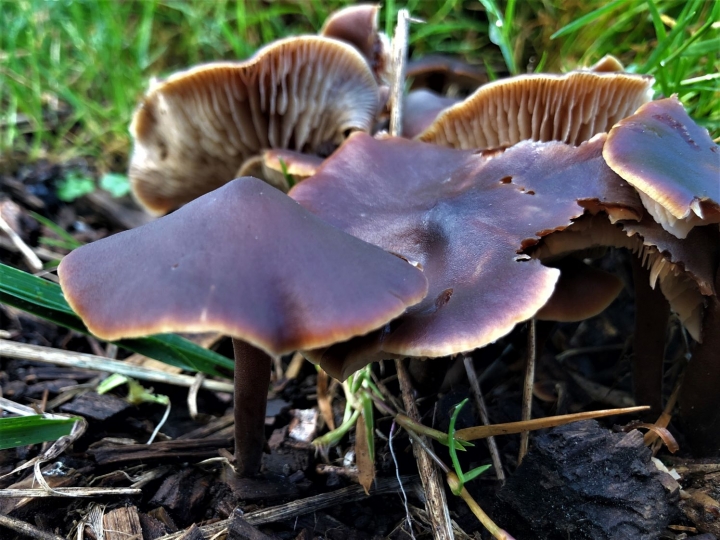
















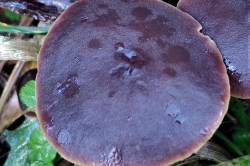
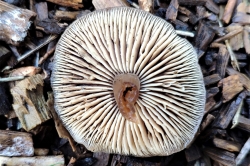
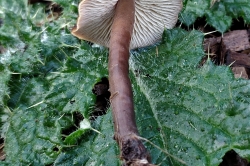
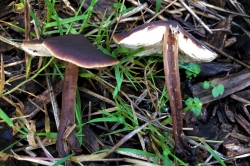
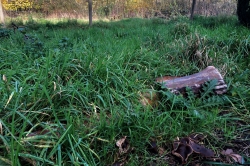
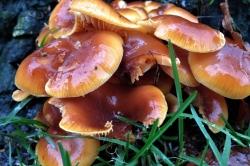






Leave a Reply